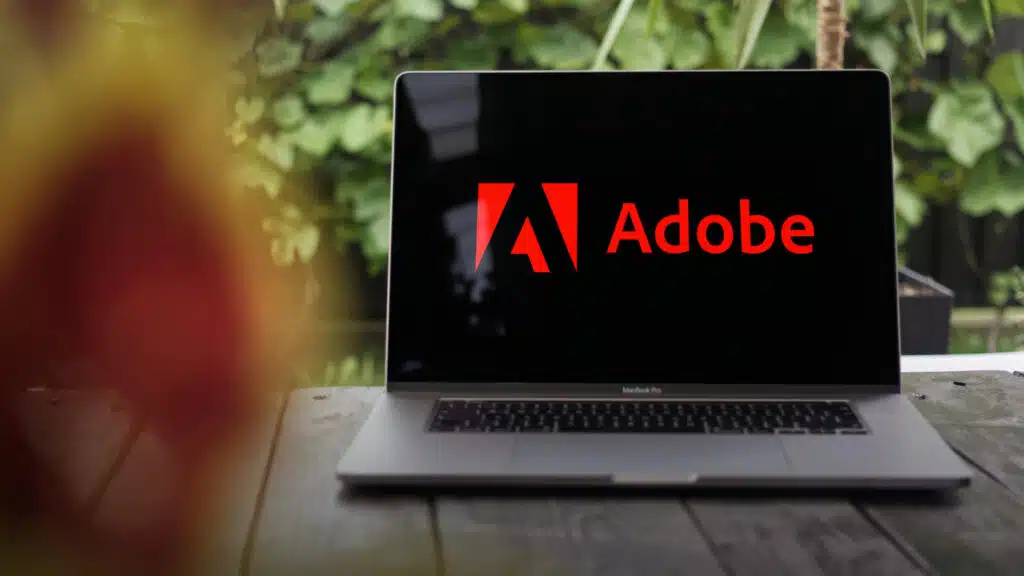In this vignette of The 5G Factor, Ron Westfall and Todd R. Weiss assess why Intel’s debut of vRAN Boost, which fully integrates vRAN acceleration directly into the CPU, eliminates the need for an external acceleration card, thereby reducing system complexity and delivering notable power savings.
The discussion highlighted:
Intel Delivers vRAN Boost to 4th Gen Intel Xeon Scalable Processors. Intel announced the commercial availability of 4th Gen Intel Xeon Scalable processors with Intel vRAN Boost, following its initial unveiling at MWC 2023. By fully integrating vRAN acceleration directly into the CPU, Intel has now eliminated the need for an external acceleration card. Eliminating the acceleration card not only reduces system complexity, but also provides notable power savings. Major communications service providers (CSPs), such as Rakuten Mobile, Deutsche Telekom, and Vodafone are collaborating with Intel on applying vRAN Boost capabilities across their networks. We examine why this design innovation—Intel vRAN Boost—is a genuine breakthrough for the entire vRAN market.
Watch the Video Research Note here:
Or, you can watch the full episode here, and while you’re there, subscribe to our YouTube channel.
Listen to the full episode here:
If you’ve not yet subscribed to The 5G Factor, hit the ‘subscribe’ button while you’re there and you won’t miss an episode.
Disclosure: The Futurum Group is a research and advisory firm that engages or has engaged in research, analysis, and advisory services with many technology companies, including those mentioned in this article. The author does not hold any equity positions with any company mentioned in this article.
Analysis and opinions expressed herein are specific to the analyst individually and data and other information that might have been provided for validation, not those of The Futurum Group as a whole.
Transcript:
Ron Westfall: Now a hot topic for the entire 5G industry is virtual RAN, or vRAN technology and its development. For a level set, we’re viewing vRAN as a methodology of virtualizing network functions and enabling them to be controlled by software platforms using commercial off-the-shelf processors or cuts. Now open RAN is a methodology of disaggregating the RAN and providing open interfaces. And this extends the principles and objectives of vRAN design.
So open RAN is an effort to open the RAN all together. The oRAN allowance for example, is working on specifications to open the interface between the RRU and the DU, and even further between the DU and the CU. So vRAN does not have to fully align with open RAN per se, although the two are frequently joined at the hip across industry discussions and so forth. So over the last decade, Intel specifically, has shown the world that vRAN on general purpose processors are competitive in terms of power and performance compared to a traditional network architecture I.e. a proprietary one. I believe Intel though recently reached a milestone in announcing the commercial availability of its latest and most integrated vRAN solution. That is the 4th Gen Intel Xeon scalable processor with Intel vRAN Boost and it’s the vRAN Boost. That’s really the new part. Now this-
Todd R. Weiss: Can I add something there, Ron?
Ron Westfall: Sure, you bet.
Todd R. Weiss: This is really important that they finally came out with this. It’s a big deal. The press release gives all this information. I’m sure you’re going to talk about it, but it’s incredibly important in the vRAN space what Intel just announced.
Ron Westfall: Amen. Yeah, I think the industry as a whole is receiving it that way and we’ll definitely bring that out more. And so as a little background, Todd, this was first launched at Mobile World Congress 2023 back earlier in the year. And the processors are designed for powering high-performance, power-efficient vRANs naturally. Now by fully integrating vRAN acceleration directly into the CPU, Intel has now eliminated the need for an external acceleration card now. So as a result, this design innovation, Intel vRAN Boost is arguably that breakthrough that you just pointed out, Todd, for the entire vRAN market, let alone the entire 5G ecosystem. So by eliminating the acceleration card, it not only can reduce system complexity, but can also provide substantial power savings, and we’ll definitely drill down on that. In fact, the 4th Gen Intel Xeon scalable processor combined with Intel vRAN Boost delivers up to twice the capacity and additional 20% compute power savings versus the previous generation.
Now that’s a gain of more than double the performance per watt for network operators. And these new processors also include features that optimize workload performance for packet and signal processing, as well as integrated acceleration for our other hot topic of the summer; AI, and naturally machine learning applications. Now how’s this being received, as you touched on Todd well for example, Rakuten Mobile has collaborated with Intel since the launch of its mobile network in Japan. And the introduction of I see, the 4th Gen Intel Xeon scalable processor with the vRAN Boost capabilities represents the next phase of their collaboration to simplify telco operations and decrease costs with integrated acceleration and increased energy efficiency.
Plus Deutsche Telecom’s tests under selected scenarios showed a twofold capacity gain using approximately 20% less power compared to the third gen Intel Xeon processor. And now DT expects this will also enable a reduced network infrastructure footprint among other benefits. So the generational processing improvements are critical, because this is going to help drive naturally the long-term growth of vRAN itself, but also as already pointed out, open RAN as well and we’ll see how they’re tied together and more examples. Now at this point, Todd, now what do you see out there that’s driving more vRAN innovation? What do you see the mobile operators in particular doing of note?
Todd R. Weiss: Well, actually there’s some really interesting things going on now, Ron. What stands out to me is that the Rakuten Mobile has collaborated with Intel since the launch of the Rakuten Mobile network in Japan. And the introduction of this new 4th Gen Intel Xeon scalable processor with vRAN Boost I think represents the next phase of their collaboration between these companies, to simplify telco operations and decreased costs with integrated acceleration and increased energy efficiency. That integrated acceleration is really important. It gets rid of another component, it puts more things on the chip. It’s a brilliant idea to minimize the hardware and maximize the performance. I think it’s really a great thing.
Now for Vodafone, the long-term collaboration between Intel and Vodafone is also present. And that’s key to the company’s target of achieving 30% of its European network on open RAN by 2030. That’s quite a goal, but they’re aiming to make it. I believe the 4th Gen Intel Xeon scalable processes with Intel vRAN Boost can be a strategic platform to deliver the efficiency and performance needed to deploy open RAN in dense urban environments at scale, which is a very tricky thing to do. So they’re working hard to make it better.
Ron Westfall: Yeah, and I think Rakuten Mobile definitely deserved honorable mention twice because as we’ve seen recently, they had some leadership changes. But they’re staying the course and this is I think attributed to Intel’s capabilities.
Todd R. Weiss: Yeah, I think you’re right.
Other insights from The Futurum Group:
Intel Q2 2023 Results: Return to Profitability Energizes Turnaround
5G Factor: CapEx Trends, Q2 2023 for T-Mobile, AT&T, Verizon & T-Mobile Moves
Author Information
Ron is an experienced, customer-focused research expert and analyst, with over 20 years of experience in the digital and IT transformation markets, working with businesses to drive consistent revenue and sales growth.
Ron holds a Master of Arts in Public Policy from University of Nevada — Las Vegas and a Bachelor of Arts in political science/government from William and Mary.













